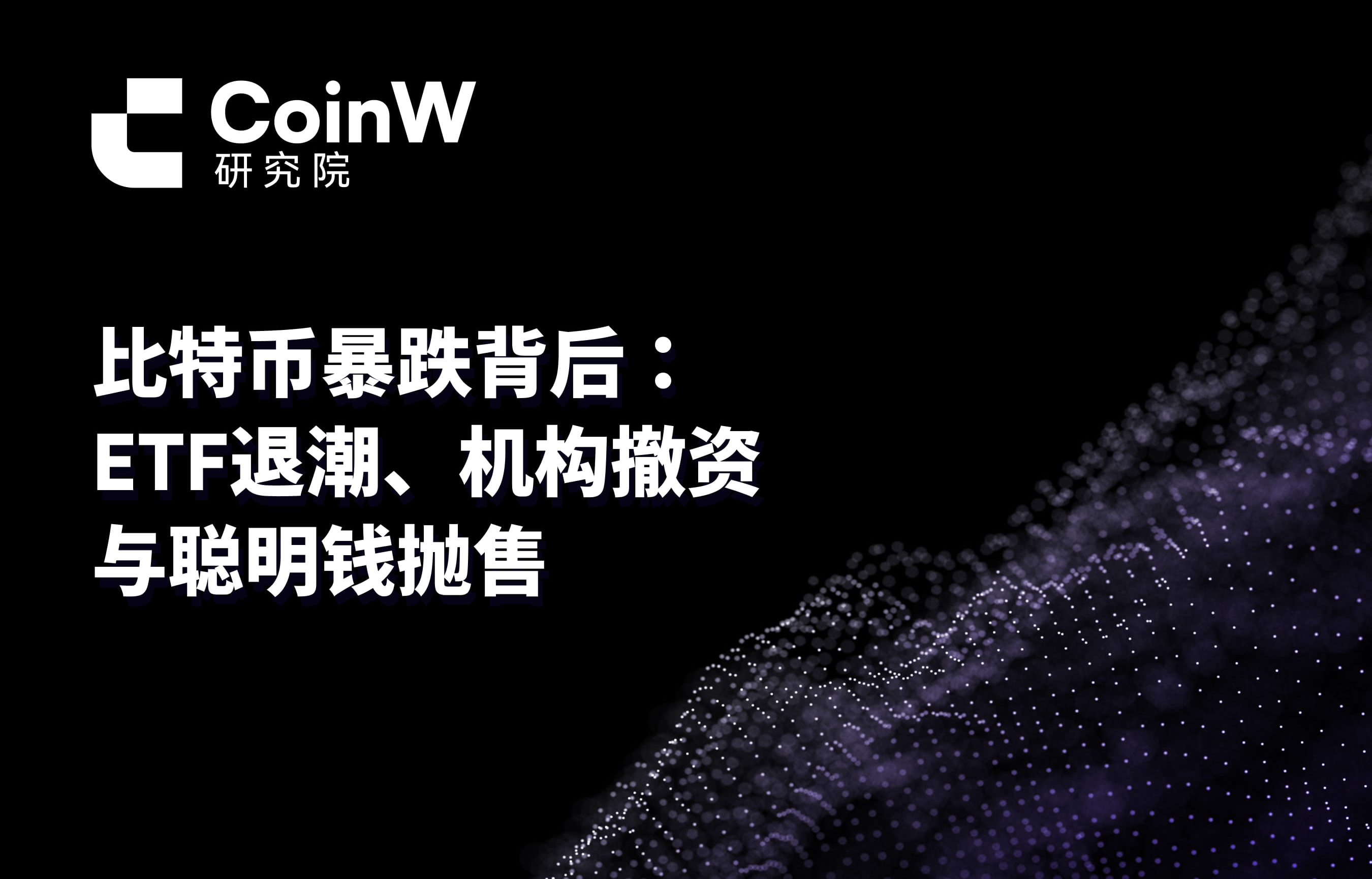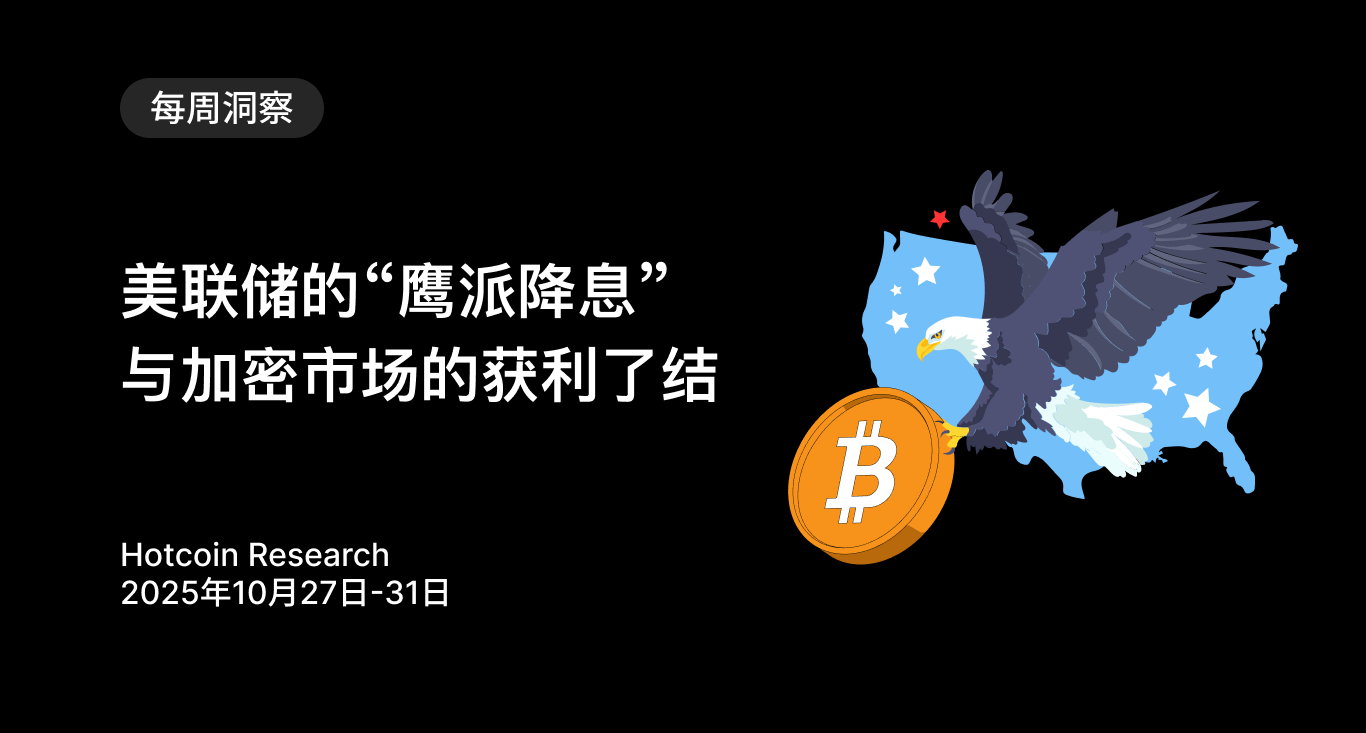1. Project Introduction
MegaETH is a high-performance Ethereum Layer 2 designed for the real-time interaction era of Web3, aiming to provide Ethereum with Web2-level computation and interaction experiences. It adopts a fully EVM-compatible execution environment and advances on-chain response from second-level confirmation to millisecond-level interaction through self-developed high-concurrency architecture and parallel state management mechanisms, achieving real-time transaction confirmation and near-zero latency on-chain experience. At the same time, MegaETH introduces a multi-threaded execution engine, asynchronous scheduling system, and low-latency consensus mechanism, breaking through the single-thread bottleneck at the architectural level, significantly reducing Gas costs and interaction delays.
The core vision of MegaETH is to become the performance engine of Ethereum, splitting the execution layer into independent and horizontally scalable high-performance computing layers without sacrificing Ethereum's security and ecological compatibility, allowing Ethereum's native assets and applications to directly inherit this computational advantage. MegaETH believes that future public chains will not be isolated ecological islands but will develop into interconnected networks of computing power, where Ethereum, as the settlement and value layer, needs a performance acceleration layer capable of supporting real-time applications and high-density interactions to facilitate ecological upgrades. Therefore, MegaETH's goal is to promote Ethereum from an asset and value settlement layer to a general-purpose real-time computing and interaction layer, becoming the infrastructure for the next generation of on-chain applications.
2. Market Dynamics
The public offering phase of MegaETH has concluded, with overall enthusiasm significantly exceeding expectations, ultimately achieving a subscription scale of approximately $1.39 billion, with an oversubscription of 27.8 times. This issuance was completed on Echo's Sonar platform, with a total token supply of 10 billion, of which 500 million were publicly auctioned in USDT, accounting for 5%. The participation threshold was set at a minimum of $2,650 and a maximum of $186,282. This issuance adopted an English auction model, where the price starts from a preset low price and rises with continuous bidding until a unified market transaction price is reached, at which point all successful bidders settle at the same price. In this round, the starting price was $0.0001 per token (corresponding to an FDV of $1 million), with a maximum cap price set at $0.0999 per token (corresponding to an FDV of $999 million). Participants submitted bids at the highest price they were willing to pay, but the final price was not determined by individual bids but rather by the collective effective demand of the market, with all successful allocators receiving tokens at that unified price (in this round, MegaETH refunded participants who bid below the $999 million FDV). Therefore, the user's final cost depends on the final transaction price rather than the individual's bid ceiling, making the mechanism closer to a uniform price auction rather than continuous bidding.
It is important to note that the English auction mechanism is often used in traditional financial systems for high-value, scarce, and difficult-to-price assets, such as antiques and artworks. The base price is usually determined based on professional valuations, historical transaction prices, and independent assessment models, while the high price is formed through public bidding that gradually increases. The bidding process is transparent, with experienced participants who possess pricing capabilities, thus achieving price discovery and relatively fair distribution while effectively preventing manipulation. However, in the crypto market, due to the lack of a mature valuation framework for token assets and the fact that issuers typically pre-set price ranges, investors may find it challenging to form a clear understanding of the overall valuation and risk level of the project during the subscription phase, leading to a certain degree of information asymmetry in the market. Under these conditions, the effectiveness of the English auction mechanism in the crypto context may differ from that in traditional finance, with the price formation process potentially being more influenced by participant behavior expectations, narrative drivers, and market sentiment. MegaETH's choice of English auction is not only a financing method but also a narrative strategy, user psychological game mechanism, and capital efficiency tool. Overall, the enthusiasm for MegaETH's subscription and funding structure reflects that high-performance Ethereum execution layers are becoming a direction for capital allocation, and as a representative project in this field, MegaETH has begun to enter an accelerated phase of capital and user recognition.

Source: sale.megaeth
3. Team Background
The MegaETH team possesses both underlying technical strength and experience in the Ethereum ecosystem, with founding members covering distributed systems research, engineering implementation, and business landing capabilities. Co-founder and CEO Shuyao Kong entered the blockchain industry early, previously serving as the global BD director at ConsenSys and graduating from Harvard Business School, with a deep understanding of Ethereum's ecological logic and the global Web3 industry layout. The technical team also has a strong academic background and practical capabilities, with co-founder Yilong Li holding a PhD from Stanford and CTO Lei Yang being an MIT PhD, focusing on underlying directions such as distributed systems, consensus mechanisms, and synchronization algorithms, which are key to building a high-performance execution layer. Overall, the team has both theoretical depth and industry execution experience, providing credible engineering landing capabilities for MegaETH's high-performance route.
Since 2024, MegaETH has raised approximately $30 million in funding, including a $20 million seed round completed in June 2024, led by top funds such as Dragonfly, with participants including Figment Capital, Robot Ventures, Big Brain Holdings, and several core industry figures such as Vitalik Buterin, Joseph Lubin, Sreeram Kannan, and Cobie; in December 2024, it raised another $10 million through a community round, further strengthening user and community ties.
4. Token Information
The native token of MegaETH is $MEGA, with a total supply of 10 billion tokens. The token adopts a KPI-driven distribution mechanism, meaning that token releases are linked to the actual growth data of the network. When the network reaches specific performance and ecological goals, a new round of token releases will be triggered. The token distribution structure is as follows:
The KPI reward pool accounts for approximately 53%, and only staked users can participate, with a staking period between 10–30 days. The longer the staking time, the higher the yield weight. Based on network metrics, performance-based staking rewards are distributed over time.
Other investors and early rounds account for approximately 24.7%, including institutional investors accounting for about 14.7%, Echo round investors accounting for about 5%, Fluffle purchasers accounting for about 2.5%, and Sonar reward pool accounting for about 2.5%.
The team and advisors account for approximately 9.5%, with a 1-year lock-up period, and will gradually unlock linearly over 3 years.
The foundation and ecosystem reserve account for approximately 7.5%, used for ecosystem development, strategic cooperation, and protocol sustainability maintenance.
The public sale accounts for approximately 5%, with all tokens fully allocated to purchasers, and the issuer does not retain any assets directly.
5. Competitive Landscape
As the competition in Layer 2 accelerates into a differentiated phase at the execution layer, MegaETH has chosen a performance-first route, aiming not to engage in price wars or subsidy battles with traditional general-purpose Layer 2s, but to seize advantages in high concurrency, low latency, and real-time applications. As on-chain transaction and interaction density continues to rise, new forms of applications such as real-time order books, high-frequency DeFi, and AI agents are gradually entering the validation phase, and high-performance Layer 2s have certain narrative and demand support. MegaETH has attracted multiple projects in various tracks to lay out in advance, with the pace of ecosystem building outpacing that of projects at the same stage, and is expected to be the first to run through the growth curve of high-performance, high-value applications, user activity, and capital accumulation. If this flywheel turns smoothly, MegaETH has the potential to become a representative project of high-performance execution layers within the Ethereum ecosystem, providing the computational power and real-time interaction foundation for the large-scale application landing of Web3 in the next phase.
It is important to note that MegaETH is still in the early stages, and the long-term stability of the mainnet, execution performance, and long-term compatibility with the Ethereum mainnet need time to be validated. Additionally, the token has not yet undergone TGE, and there is uncertainty regarding future market pricing and liquidity release. Furthermore, the architectural approach of trading performance for speed also places higher demands on security, node participation thresholds, and the degree of network decentralization. If ecosystem growth fails to keep pace, performance cannot be sustained, or if the market sees competitors with more differentiated performance routes, the advantage cycle of MegaETH may be shortened.
免责声明:本文章仅代表作者个人观点,不代表本平台的立场和观点。本文章仅供信息分享,不构成对任何人的任何投资建议。用户与作者之间的任何争议,与本平台无关。如网页中刊载的文章或图片涉及侵权,请提供相关的权利证明和身份证明发送邮件到support@aicoin.com,本平台相关工作人员将会进行核查。



